
“The latest rule in girls’ high school fashion,” LIFE magazine proclaimed in 1969, “is that there isn’t any.”
In contrast to the popular fashions and styles of certain decades — the Gibson Girl of the 1890s and early 1900s, the flapper of the Roaring Twenties, the “New Look” of the Fifties — there was no single reigning style in the 1960s. Even as the slim-cut trousers and shift dresses of the late Fifties crept in, Mod miniskirts and go-go boots found their way over from London to mingle with the bell-bottomed jeans and fringed vests of the latter part of the decade. By 1969, the fashion choices of tens of millions of young American men and women were as variegated and ever-evolving as the world around them.
A “freaky new freedom,” LIFE called it. Was it ever!
Cultural transformation was an irresistible force during the Sixties, and across America and around the globe civil rights, women’s and gay liberation, the sexual revolution and, of course, the explosive soundtrack of R&B, soul and rock and roll informed everything from politics to fashion.
Unceasing change, meanwhile, is the one constant in human affairs — and by the 1960s, technology had advanced to the point where events and movements in one corner of the world were instantaneously accessible on campuses and in communities everywhere. As global telecommunication networks grew at-once larger, faster and more sophisticated, America grew, in a sense, much smaller. The vast and near-visionary national highway system had spread across the country in the post-World War II years; more households than ever owned a car (or two); and for the first time, plane travel was becoming a viable option for many American families. Over the course of the 1960s, air passenger numbers more than quadrupled from the previous decade.
This mobility opened both literal and figurative vistas to countless Americans — and even if most weren’t able to drive to Haight-Ashbury, or explore the Far East in person, they certainly saw these places on television and in the great photography being published in myriad weekly and monthly magazines and, increasingly, in newspapers. Fewer than a million households owned a TV in the late 1940s; two decades later, that number had increased more than forty fold. The August 1963 March on Washington for Jobs and Freedom and Dr. King’s “I Have a Dream” speech; the immediate aftermath of JFK’s assassination (and MLK’s, and RFK’s); the Vietnam War; the 1969 moon landing — all of these era-defining people and moments, and so many more, were broadcast into living rooms from Maine to California, Alaska to Florida.
Was the medium the message? Was the message the medium? For most people, it didn’t really matter, either way, as long as the pictures, the music, the fashions, the movements that came and went with dizzying speed — as long as it all kept coming.
By 1969, America’s youth had not only soaked in more visual and auditory stimuli in a few years than most previous generations combined, but had re-imagined virtually all of that input in the form of sartorial self-expression. In light of that new, global sensibility, Beverly Hills high schooler Rosemary Shoong’s homemade “stunning leather Indian dress” (slide #1 in the gallery above) wasn’t just a dress. It was a time and a place, man. And it was out of sight.
Liv Combe writes frequently on food, travel, fashion and culture; is a regular contributor to the literary review, Full Stop; and will soon begin work for Afar magazine in San Francisco. While she knows it’s a cliché, she would very much like to have seen the Paris of the 1920s.
Liz Ronk, who edited this gallery, is the Photo Editor for LIFE.com. Follow her on Twitter at @LizabethRonk.

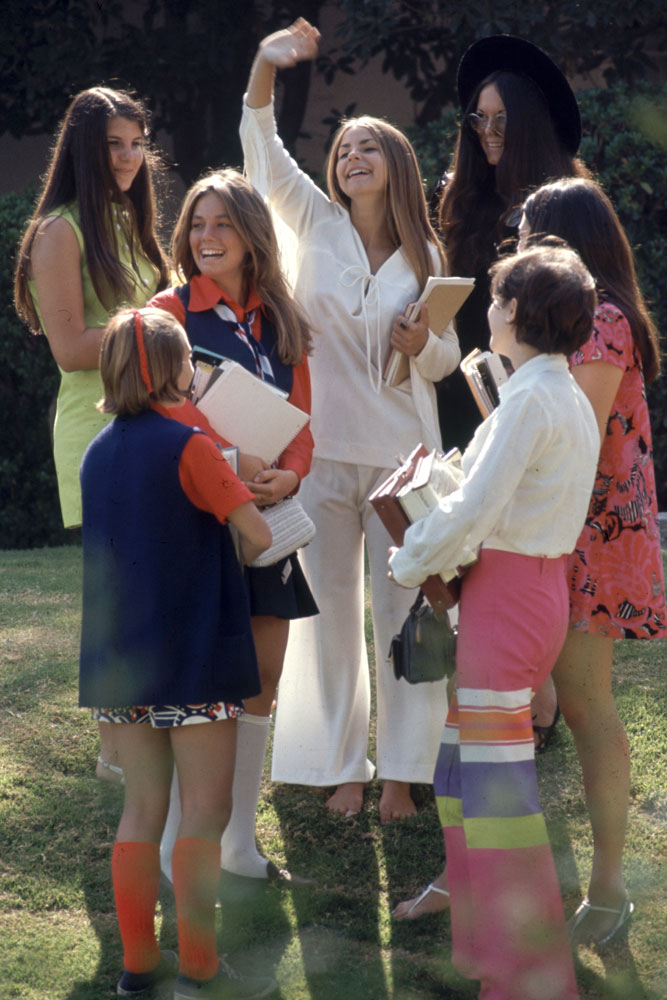
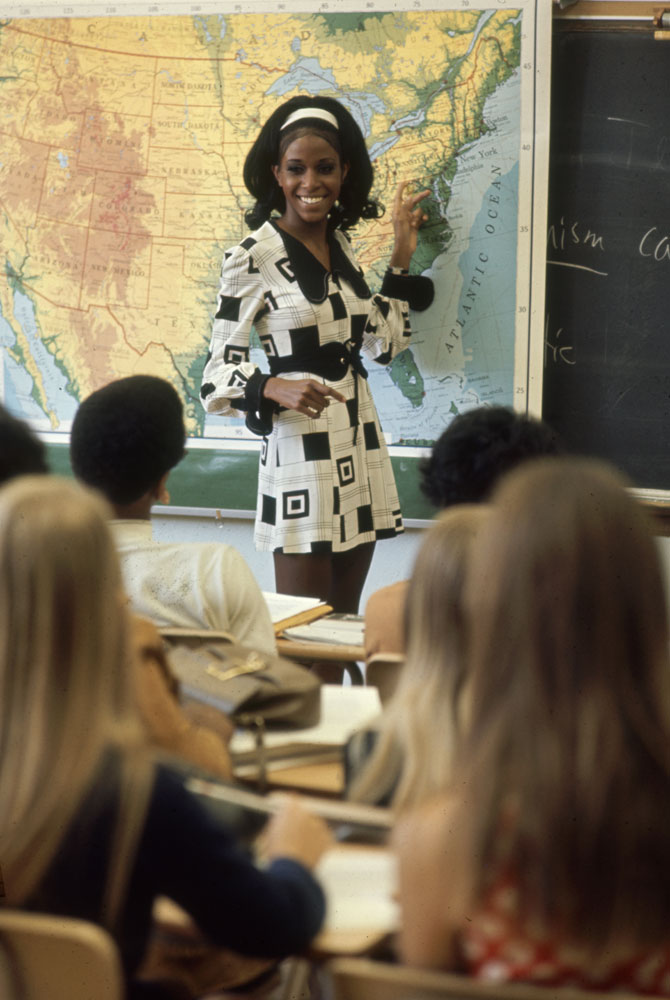




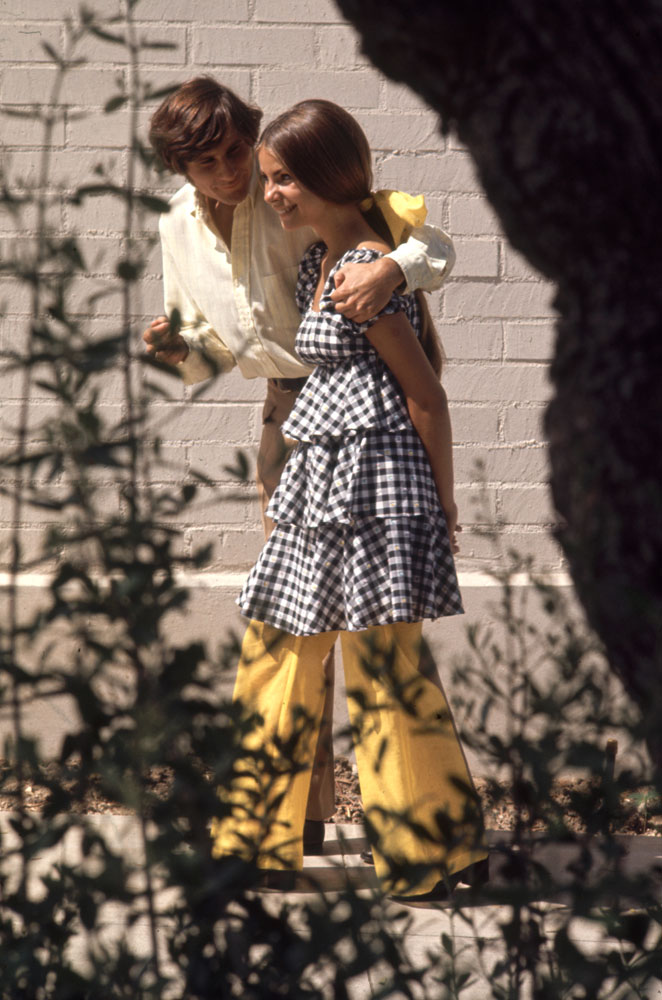
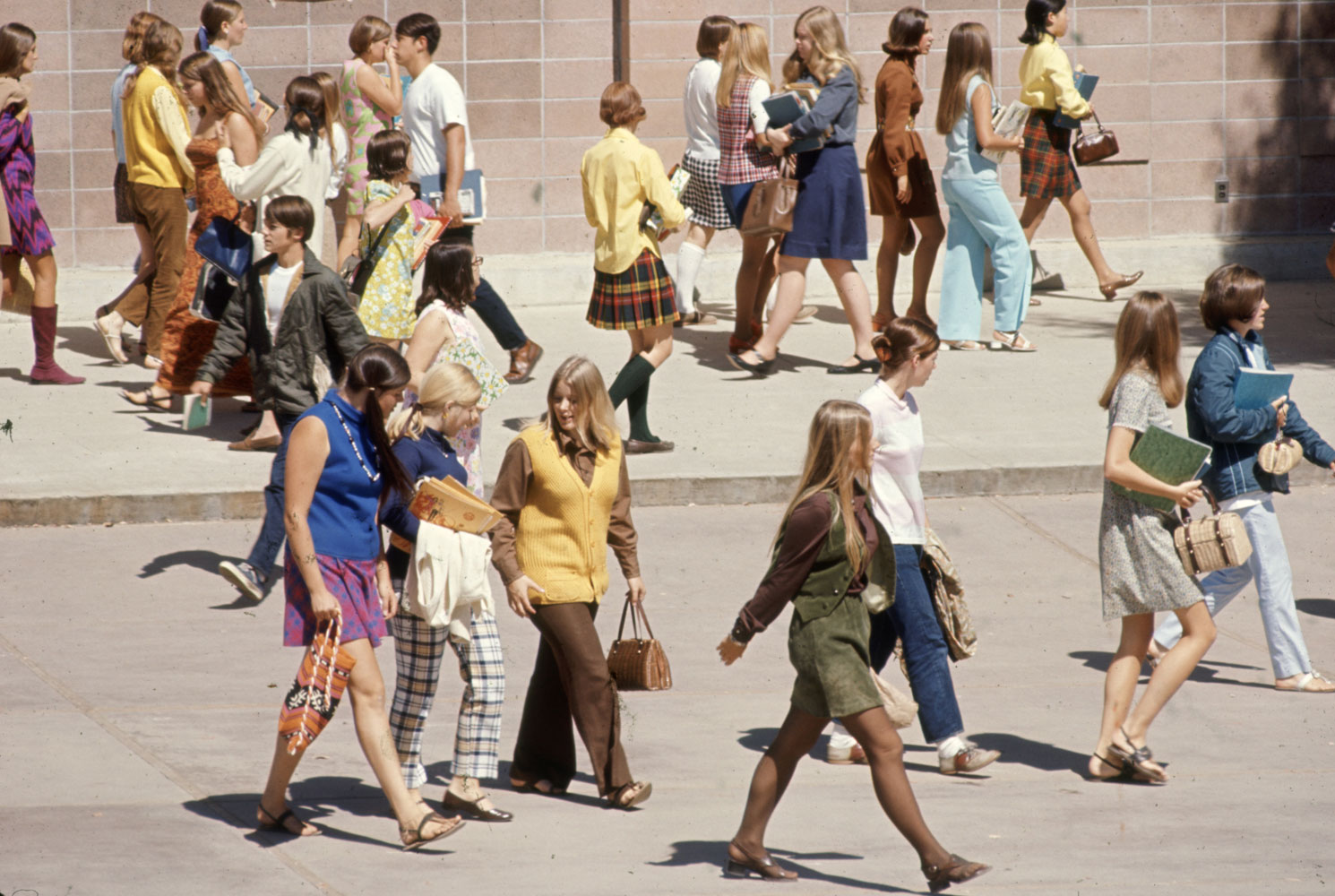
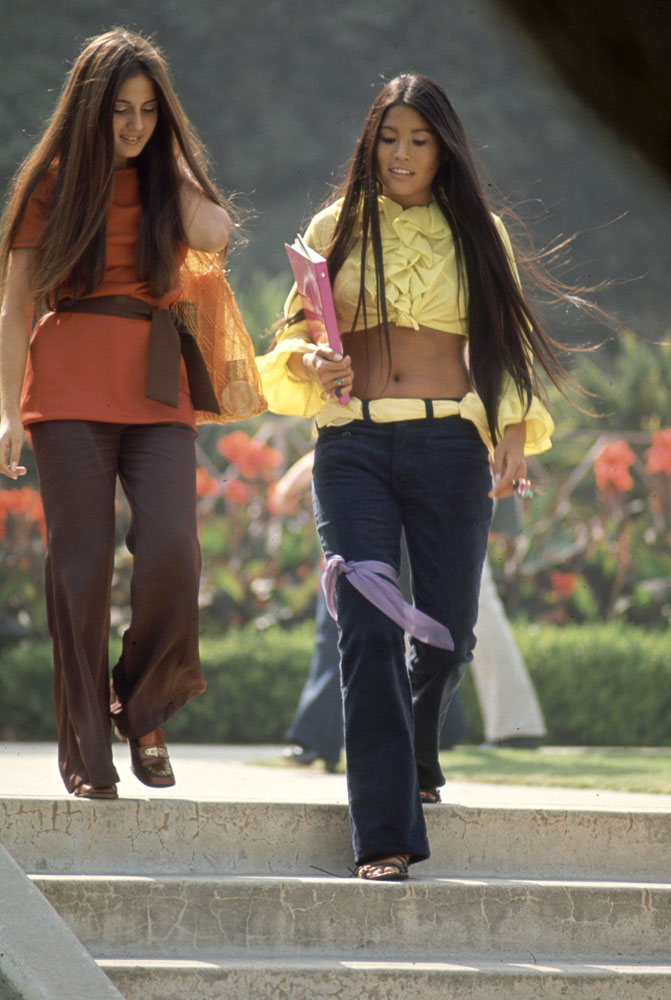


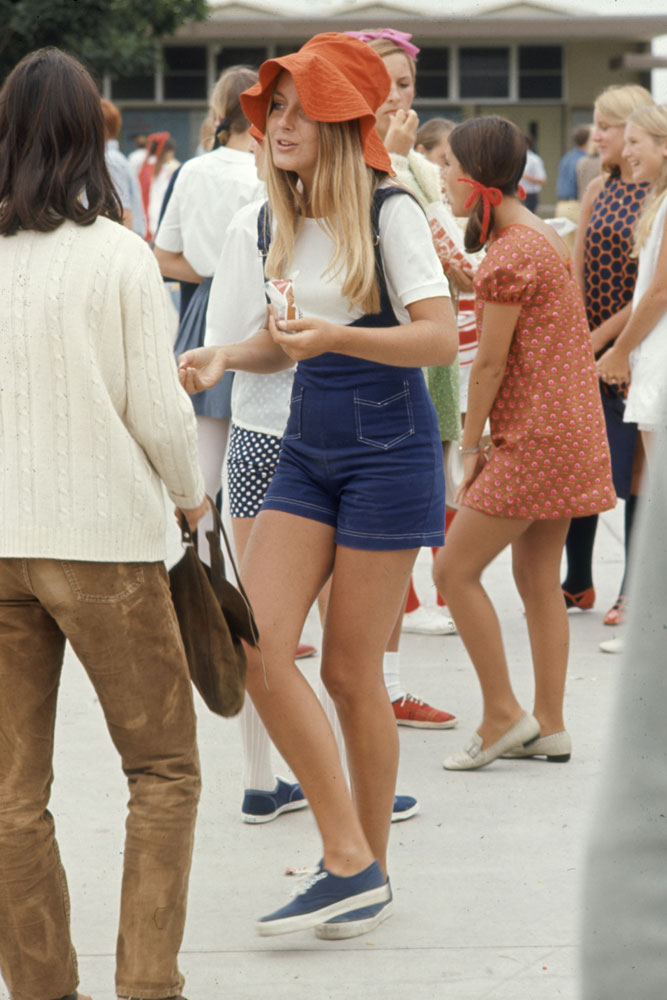
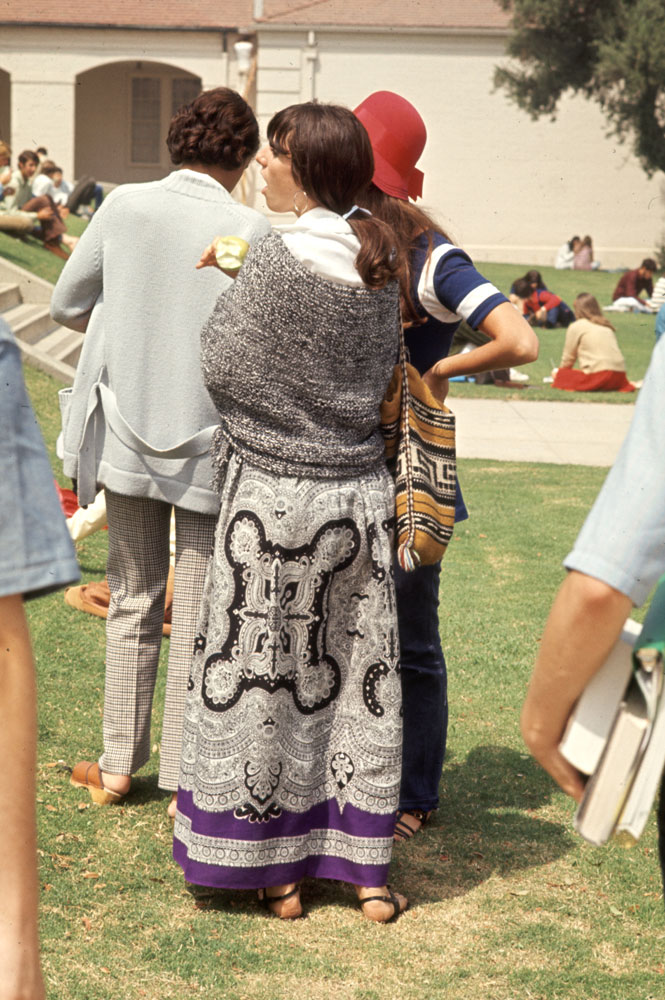
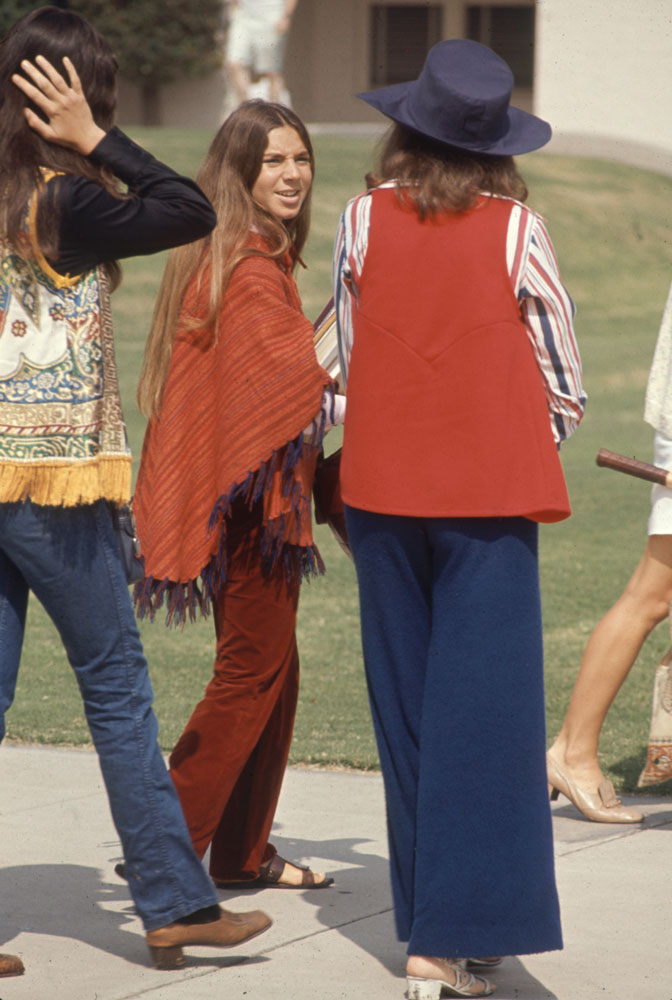
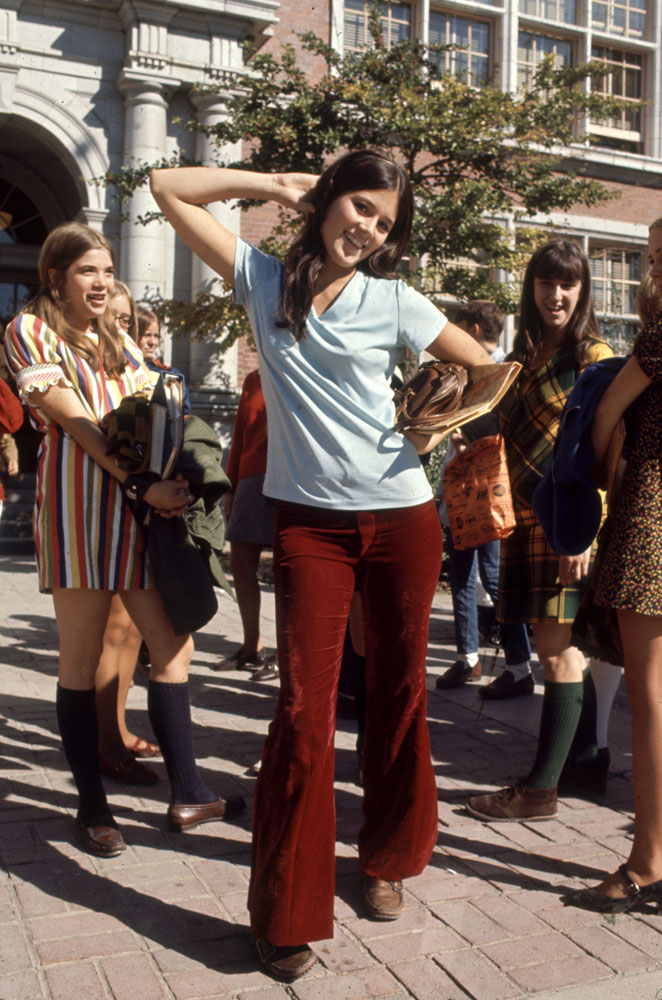

More Must-Reads From TIME
- The 100 Most Influential People of 2024
- Coco Gauff Is Playing for Herself Now
- Scenes From Pro-Palestinian Encampments Across U.S. Universities
- 6 Compliments That Land Every Time
- If You're Dating Right Now , You're Brave: Column
- The AI That Could Heal a Divided Internet
- Fallout Is a Brilliant Model for the Future of Video Game Adaptations
- Want Weekly Recs on What to Watch, Read, and More? Sign Up for Worth Your Time
Contact us at letters@time.com